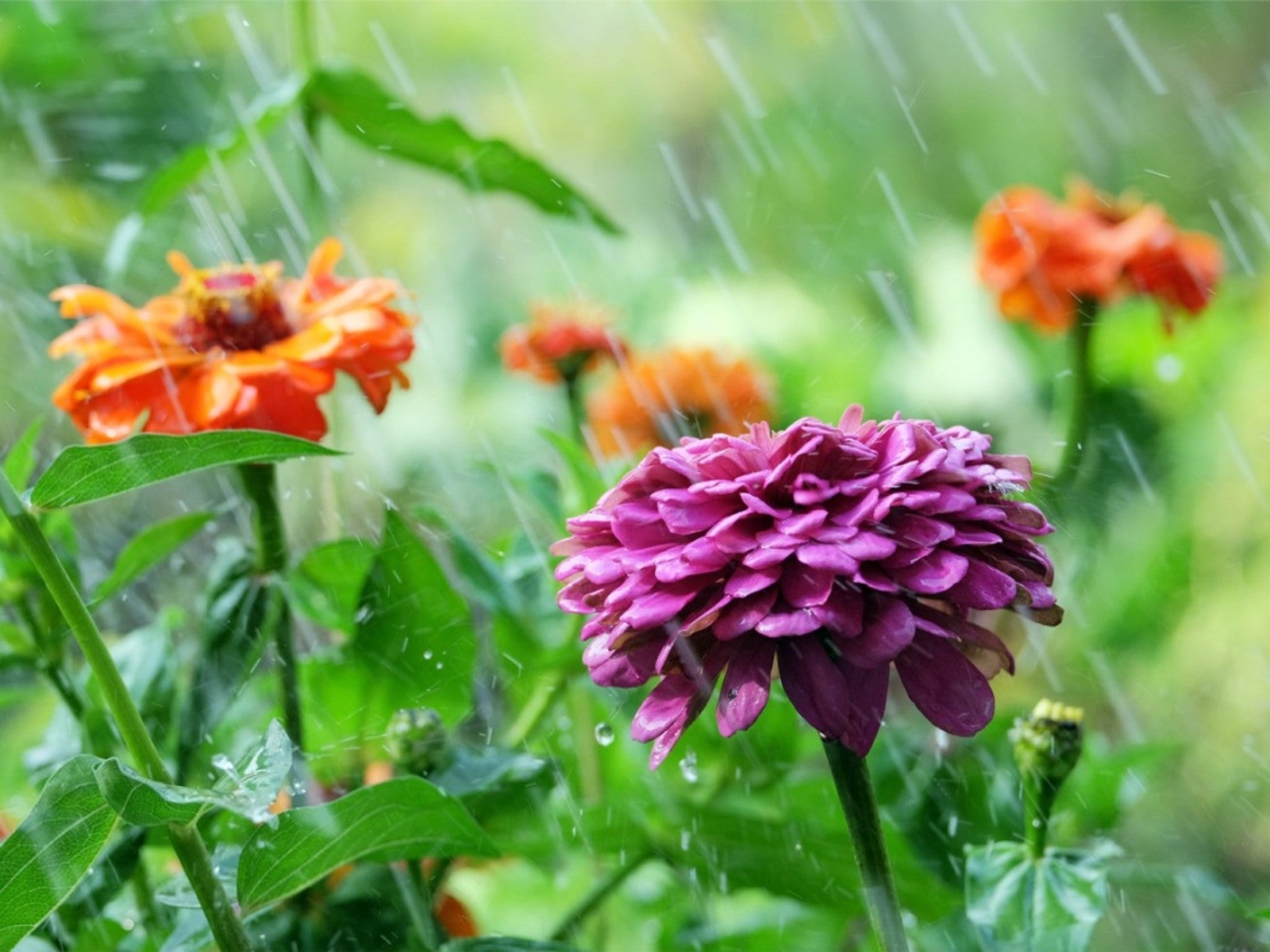Zinnia Water Requirements: How Much Water Do Zinnias Need?


Annual zinnias are a timeless favorite in the home garden. In addition to their beauty, these vibrant plants have long been celebrated for their ability to attract a wide array of pollinators and beneficial insects. Gardeners praise zinnias for their ease of growth and adaptability to a wide range of growing conditions.
Still, zinnias require consistent care to help ensure that their flower beds continue to thrive throughout the entire summer growing season. Learning more about the needs of this plant, specifically how to water zinnias, can help you to better determine whether or not supplemental irrigation may be required.
How Often Do You Water Zinnias?
Water is essential for the growth of any flowering plant. When growing zinnias, watering should begin when the seed is sown. Throughout the plants’ period of establishment, they’ll need continuous moisture to create and maintain lush foliage, as well as aid in the continued formation of new blooms. However, novice gardeners may be left with a multitude of questions – how often should you water zinnias? Do zinnias need a lot of water?
The need for additional water will depend greatly upon your own growing space. While some regions may receive sufficient rainfall to raise zinnias, others may require more care. Despite the fact that zinnias are known for their ability to withstand brief periods without rain, consistent moisture is key to their health.
Throughout periods of active growth, zinnia plants should receive at least 1 inch (2.5 cm) of water each week. This is especially important throughout the plant’s flowering period. Climatic conditions in the garden may also play a role in the frequency in which the flower beds will need water. Irrigation is especially important during prolonged periods of extreme heat.
Despite their need for consistent soil moisture, zinnia plants perform best in garden beds that drain well. Avoid sowing zinnias in beds with excessively wet or waterlogged soils. Overwatering or less-than-ideal drainage most often manifests in yellowing of the plant’s leaves, stunted growth, rot, and/or foliage diseases. Foliar diseases such as leaf spot, powdery mildew, and wilt may become problematic as the direct result of improper watering practices.
To help prevent disease problems in zinnias, experienced growers recommend watering them from below. Making certain to avoid wetting the leaves of each plant, or splashing them with soil, can help to reduce the spread of many types of garden spore. Overhead watering may also reduce the quality and longevity of flowers grown for cutting.
Sign up for the Gardening Know How newsletter today and receive a free copy of our e-book "How to Grow Delicious Tomatoes".
Bottom watering is most commonly accomplished with drip irrigation systems or soaker hoses. These systems efficiently deliver water to the root zone of plants over a longer amount of time, providing a deep, beneficial irrigation. Unless otherwise necessary, zinnia beds are best watered early in the morning. This allows ample time for the plant to dry throughout the day, and helps to keep stems plump and hydrated throughout the warmest portion of the day.

Tonya Barnett has been gardening for 13 years. Flowers are her passion. She has transformed her backyard into a cut flower garden, which she regularly chronicles on her YouTube channel http://www.youtube.com/@tonyawiththeflowers.